par l’Agence de presse libre de Pointe-Saint-Charles
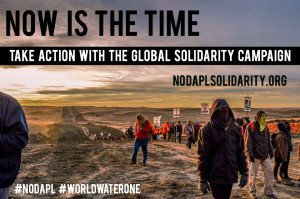 Un appel à se rassembler est lancé par des résidents et résidentes du Sud-Ouest de Montréal en soutien à la lutte des protecteurs de l’eau à Standing Rock. Ci-dessous le contenu de l’appel qui circule sur Facebook.
Un appel à se rassembler est lancé par des résidents et résidentes du Sud-Ouest de Montréal en soutien à la lutte des protecteurs de l’eau à Standing Rock. Ci-dessous le contenu de l’appel qui circule sur Facebook.
ENGLISH BELOW
Rassemblement en soutien à la lutte des protecteurs de l’eau à Standing Rock à North Dakota.
Mardi le 15 novembre 2016 de 16h à 18h
Parc de la Congrégation (coin Wellington et Sébastopol)
AMENER VOS PANCARTES ET DE QUOI FAIRE DU BRUIT!
Appel – Call to action: https://youtu.be/pKQLnDJ1YzM
INFORMATION:
- #noDAPL Solidarity: https://nodaplsolidarity.org/
- West Coast Women Warrior’s Media Cooperative: https://www.facebook.com/Westcoastwomenwarriors/
- Red Warrior camp: https://www.facebook.com/RedWarriorCamp/
- Sacred Stone camp: https://www.facebook.com/CampOfTheSacredStone/
Merci aux camarades de Justice Climatique Montréal pour l’explication ci-dessous:
Le DAPL est une pipepline de pétrole brute issue de fracturation, dont la construction est dirigée par les plus puissantes industries de combustibles fossiles et leurs banques complices. Ce pipeline détruira des sites sacrés, accentuera les changements climatiques et passera sous la rivière Missouri, ce qui pourrait occasionner la contamination d’eau potable de 8 million de personnes.
La trajectoire du DAPL traversera le territoire Lakota, où un traité est applicable, sur la réserve des Sioux de Standing Rock. Cela fait plusieurs mois que la tribu Sioux est à la tête de manifestations contre la construction controversée du Dakota Access Pipeline. Plusieurs milliers de personnes les ont rejoint pour former ce qui est considéré comme le plus grand rassemblement autochtones aux États-Unis depuis des centaines d’années. En ayant créé des campements tout au long de la trajectoire du pipeline, illes réussissent à bloquer sa construction. Cette résistance est devenue une réelle source d’inspiration pour les mouvements autochtones et écologiques à travers le monde.
Le rassemblement aura lieu sur les territoires non-cédés du peuple Kanien’kehá:ka (aka Mohawk) people. L’île aujourd’hui connue comme “Montreal”, ou Tiotia:ke dans la langue des Kanien’kehá:ka, a été, par le passé un lieu de rencontre pour les différents peuples autochtones, dont notamment les Algonquins.
Source: https://www.facebook.com/events/1129389710477306/
ENGLISH
Rally to stand with water protectors at Standing Rock in North Dakota.
Congregation Park, corner Wellington and Sébastopol
BRING YOUR SIGNS AND NOISEMAKERS!
Appel – Call to action: https://youtu.be/pKQLnDJ1YzM
INFORMATION:
- #noDAPL Solidarity: https://nodaplsolidarity.org/
- West Coast Women Warrior’s Media Cooperative: https://www.facebook.com/Westcoastwomenwarriors/
- Red Warrior camp: https://www.facebook.com/RedWarriorCamp/
- Sacred Stone camp: https://www.facebook.com/CampOfTheSacredStone/
The DAPL is a massive fracked-oil pipeline being promoted by a shady group of the world’s largest fossil fuel companies and banks. The DAPL will destroy sacred sites, worsen climate change and be laid underneath the Missouri River, potentially poisoning the freshwater supply for eight million people. Furthermore, it would engender a renewed fracking-frenzy in the Bakken shale region where the pipeline would begin.
The DAPL is slated to cross Lakota Treaty Territory at the Standing Rock Sioux Reservation. For months the Standing Rock Sioux have been leading a protest against the construction of the controversial Dakota Access Pipeline. They have been joined by thousands in what has been described as the biggest gathering of indigenous movements in the US in a hundred years. In creating campsites along the route of the pipeline, they have managed to interfere with and physically block the construction works and have been a torch of inspiration for indigenous and ecological movements across the world.
The rally will take place on the unceded territory of the Kanien’kehá:ka (aka Mohawk) people. The island called “Montreal” is known as Tiotia:ke in the language of the Kanien’kehá:ka, and it has historically been a meeting place for other Indigenous nations, including the Algonquin people.

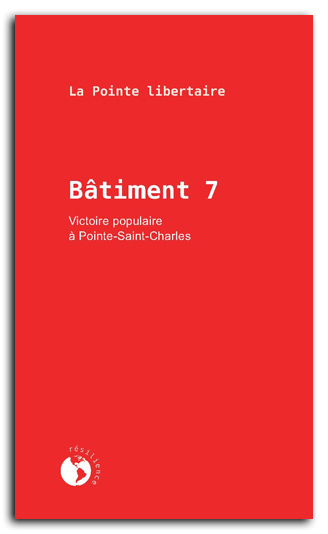

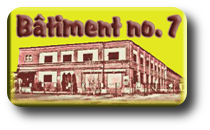
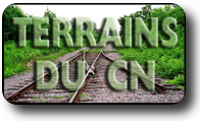






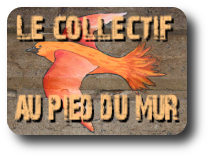 href="http://archive.lapointelibertaire.org/node/1317.html">
href="http://archive.lapointelibertaire.org/node/1317.html">

